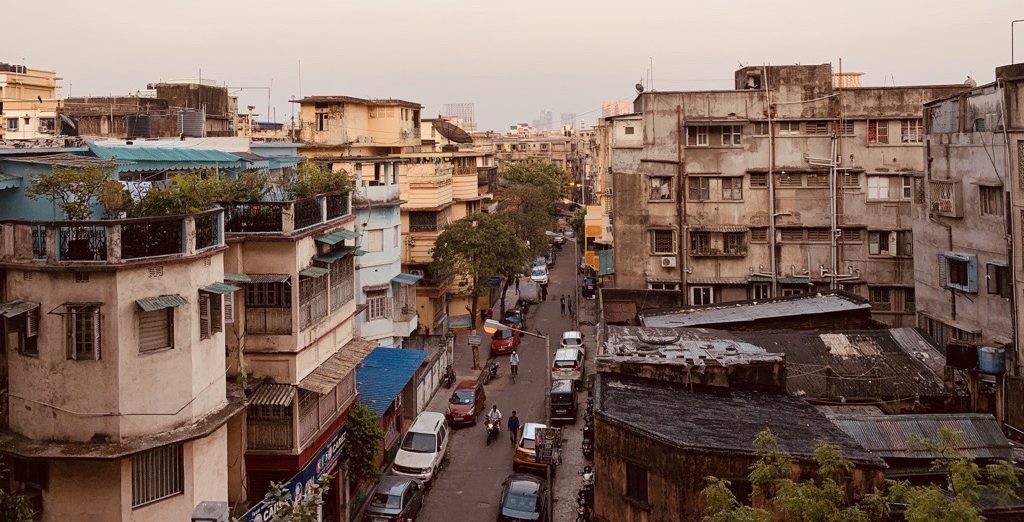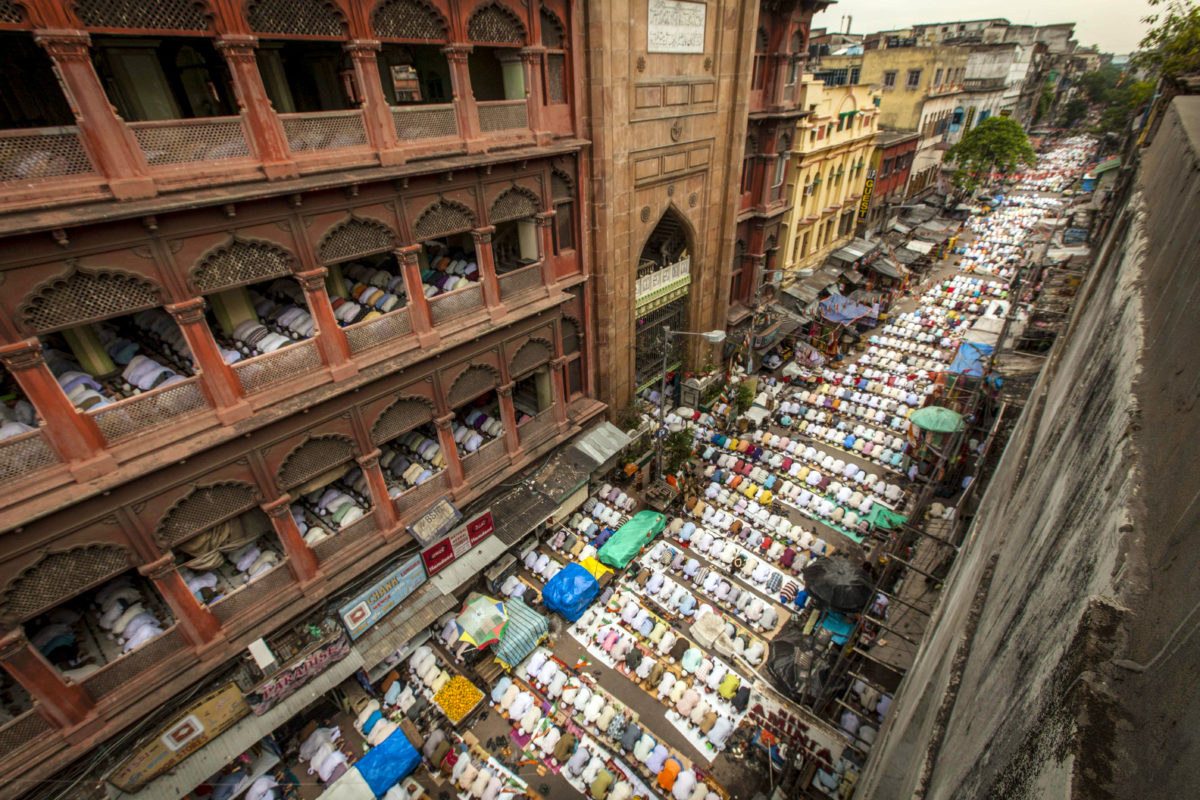Kolkata: A Global City Profile

Sitting on the banks of the Hoogly River, the “City of Joy” (Kolkata/Calcutta) is home to approximately 15 million people.[1] Being the major metropolis area of eastern India and the capital of the Indian state of West Bengal, Kolkata has seen many immigrants from surrounding states as well as native Bengalis settling here over the years. While having a complicated history, present-day Kolkata is a mixture of its British-influenced past and proud Bengali cultural heritage.

History
A modern history of the city begins in the late 17th century when the East India Company purchased Kolkata and its surrounding areas from local landlords. By 1772, it became the capital city of British India and remained as such until 1911, when the capital moved to its current home, Delhi.[2] In 1947, when India gained independence from Great Britain, the province of Bengal was officially divided. West Bengal (with Hindu-majority inhabitants) became part of India and east Bengal became part of Pakistan (then called East Pakistan, and now called Bangladesh).[3]
Kolkata has historically prided itself on being the epicenter for Indian culture creation. Nobel Prize winner and Indian national anthem composer Rabindranath Tagore as well as World War II Indian freedom fighter Subhash Chandra Bose both called Kolkata home. Therefore, to the Bengalis, the city has a rightful claim on influencing both art and literary culture as well as the modern-day political culture in India.
Sonagachi
While there is much to celebrate about the “City of Joy”, there is also a very dark side that exists. In the northern part of Kolkata lies Sonagachi – considered the largest red-light district in all of Asia and the entire world. Traffickers have lured away many young women and girls from their families in neighboring Bangladesh and Nepal with promises of a better life in the city only to become trapped in forced sex slavery. Some women come to Sonagachi because they have no other options financially. Regardless of why they are there, life inside is an incredibly difficult and oppressive existence. Sexually transmitted diseases are normative as well as abuse and heavy drug use from both prostitutes and clients; however, many women stay because they have no other options. They have been labeled as prostitutes by society and in their minds will always be known as such. Bringing women out of this situation, therefore, is very difficult.

Religious Layout
One of the first things visitors notice about Kolkata is the plethora of Hindu idols spread throughout the city. On nearly every street corner, if there isn’t a temple, there is at least a small building housing a Kali, Durga, or Shiva statue. Nearly 75% of the population ascribe to Hinduism with varying degrees of devotion. In October, Kolkata holds its biggest religious festival of the year — Durga Puja. This festival celebrates the Hindu goddess Maa Durga, who her devotees or worshippers look to for individual blessings and to rid the world of evil and suffering.[4]
Kolkata is also home to the historic Kali Temple in the Kalighat section of the city, considered one of the 51 Shakti Peeths in Hinduism. Shakti Peeths are shrines or pilgrimage spots dedicated to Hindu goddesses believed to hold vast amounts of spiritual power, or shakti. It is regarded as an incredibly holy site, and due to its historic and religious significance, it draws in people from not just all over India, but also the entire world.
The second largest religious group in Kolkata belong to the way of Islam. Approximately 15 percent of the population is Muslim, with many of those being immigrants from neighboring Bangladesh as well as the surrounding states of Jharkhand, Bihar, and Orissa.

The State of Christianity
While there have been historic efforts to bring Christianity to Kolkata, little progress has been made. Previous missionaries such as William Carey, Joshua Marshman, and William Ward – who consisted the Serampore Trio — have left great legacies in this area. But as far as an overall impact, much work still remains. Within the city’s 15 million people, less than one percent are considered Christian, and even less than that would be born-again evangelicals. One challenge to Christianity in Kolkata is the example left by the British Anglican Church of the 18th, 19th, and 20th centuries. Historically, they have been considered the “Christians” while also in the past barring Indians from their churches and living lives that were contrary to the actual gospel; therefore, when Bengalis think of the word “Christian,” they think of the British who oppressed and ruled over them for nearly 300 years. Because of this, the Christians who do live here are hesitant to boldly proclaim Christ and especially his exclusivity.
Even in the midst of a deep spiritual darkness, however, there are several faithful urban churches working together to see disciples made and churches planted. Much more is needed, but the gospel is going forward.
[1]Kolkata population 2021. (n.d.). Retrieved March 17, 2021, from https://worldpopulationreview.com/world-cities/kolkata-population.
[2]De, T. (n.d.). About Calcutta. Retrieved March 17, 2021, from https://www.isical.ac.in/~theophys-07/calcutta.html.
[3]Partition of Bengal. (n.d.). Retrieved March 17, 2021, from https://www.britannica.com/event/Partition-of-Bengal.
[4]Durga Puja: The story of the goddess and her incarnations. (2019, October 07). Retrieved March 17, 2021, from https://indianexpress.com/article/parenting/learning/durga-puja-the-story-of-the-goddess-and-her-incarnations/
